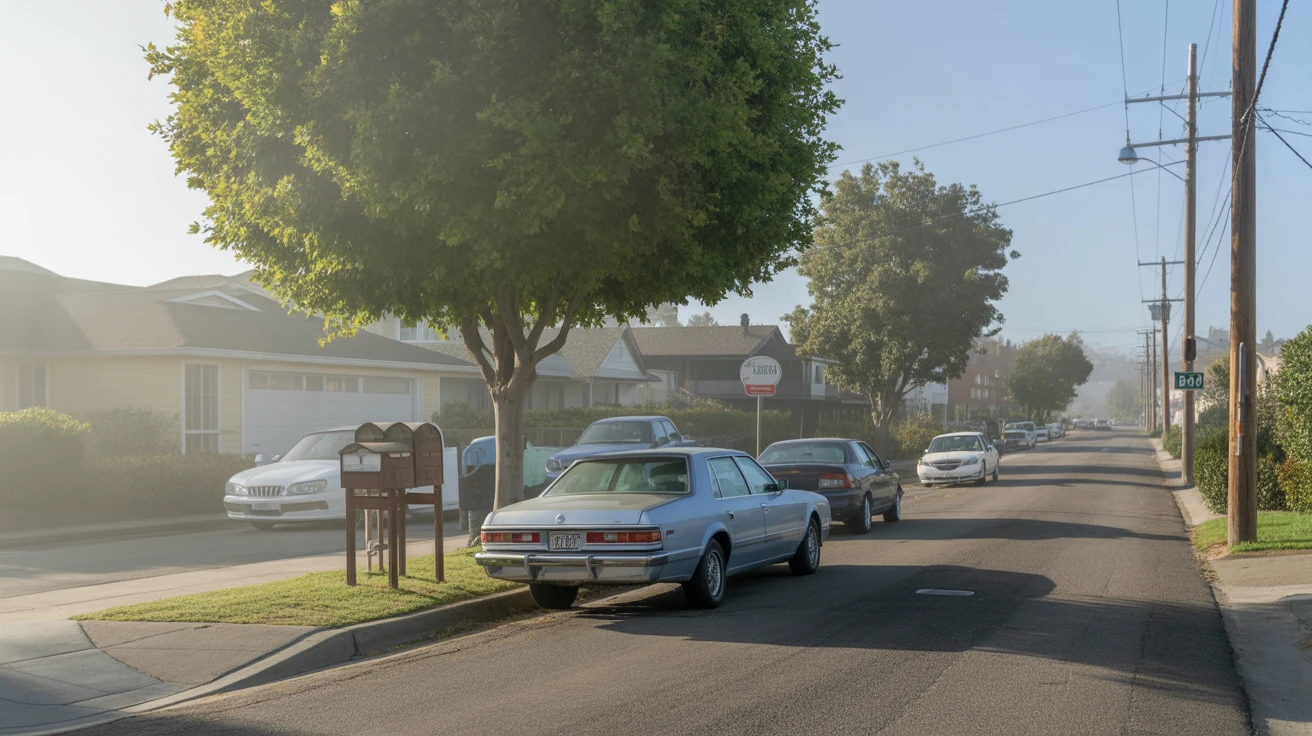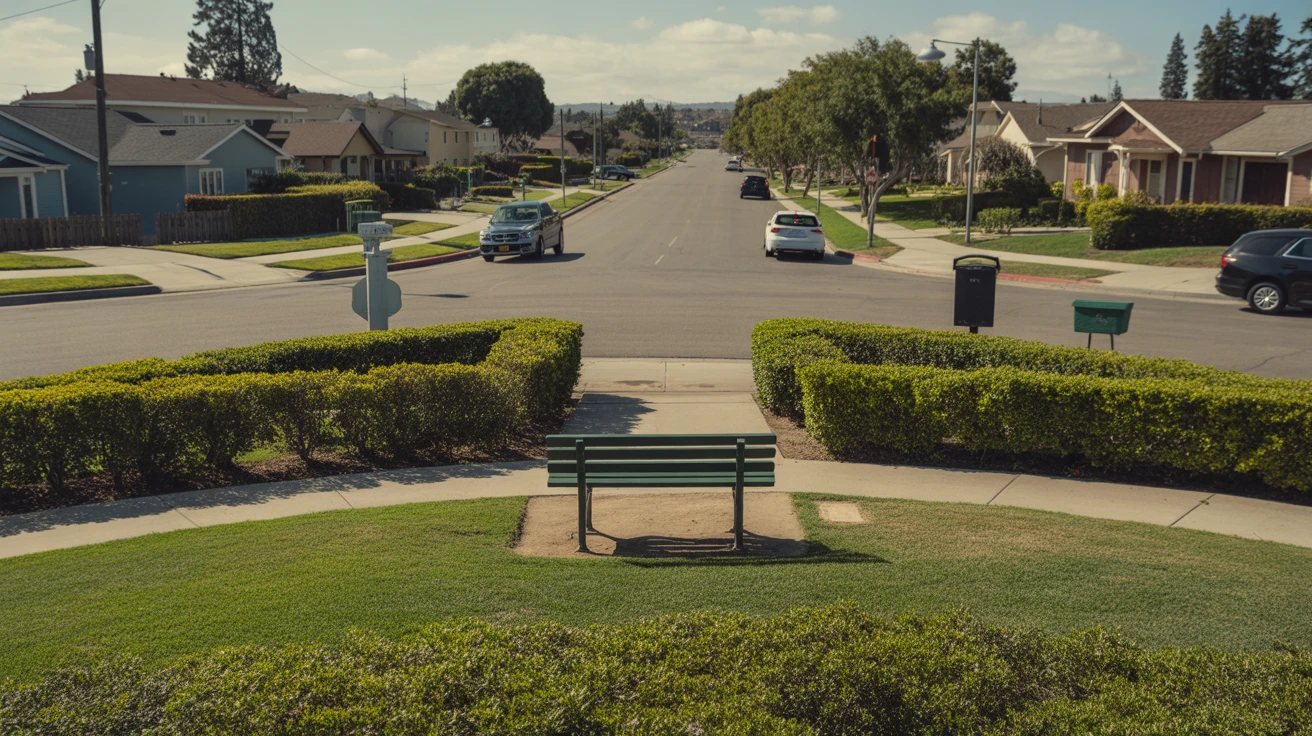Oceanside, CA vs. El Cajon, CA: Cost of Living Comparison (2025)
Imagine two families, the Garcias and the Johnsons, living in San Diego County. The Garcias pay $2,400 per month for a 2-bedroom apartment in Oceanside. Groceries run them about $800 monthly. Meanwhile, the Johnsons rent a similar place in El Cajon for $2,100. Their grocery bill? Around $750. Which family has the lower cost of living in 2025? Let’s break it down.
This article provides a detailed cost of living comparison between Oceanside and El Cajon. It’s perfect for families relocating, professionals choosing between job offers, or anyone comparing the real-life expenses of these two San Diego suburbs in 2025. All income figures are expressed as gross monthly amounts (pre-tax).

1. Housing Costs
Housing is often the biggest factor in cost of living. Here’s how Oceanside and El Cajon stack up:
| Housing Type | Oceanside | El Cajon |
|---|---|---|
| 2BR Apartment (Monthly Rent) | $2,400 | $2,100 |
| 3BR House (Median Price) | $750,000 | $650,000 |
🏆 Winner: El Cajon. Renting or buying in El Cajon will save you around 12-14% compared to Oceanside.
2. Utilities and Energy Costs
Utility costs are fairly similar between the two cities. Expect to pay around $200-250 per month for electricity, gas, water, and trash for a 2BR apartment. Both cities have warm summers, so A/C usage may bump up electric bills June through September.
🏆 Winner: Tie. No significant difference in utility costs.
3. Groceries and Daily Expenses
Average monthly expenses in Oceanside for groceries, dining out, and everyday purchases total around $800 for a couple. El Cajon comes in slightly lower at $750 per month. Oceanside’s coastal location means some items cost a bit more.
🏆 Winner: El Cajon, but only by about $50 per month.

4. Taxes and Fees
Both cities have similar property tax rates around 1.1-1.2% of assessed value. For a $700K home, that’s $7,700-8,400 per year. City service fees and HOA dues are also comparable, typically $100-300 monthly depending on amenities.
🏆 Winner: Tie. Taxes and fees are nearly identical.
5. Cost Summary Table
| Category | Oceanside | El Cajon |
|---|---|---|
| Housing (2BR Rent) | $2,400 | $2,100 |
| Utilities | $225 | $225 |
| Groceries & Dining | $800 | $750 |
| Transportation | $300 | $275 |
| Taxes & Fees | $200 | $200 |
| Misc Expenses | $400 | $400 |
| Estimated Monthly Total | $4,325 | $3,950 |
6. Lifestyle Fit
Oceanside offers beach proximity, a vibrant harbor area, and a quaint downtown with ocean views. Commutes are longer, but you get cooling sea breezes. El Cajon provides more affordable suburban living, easy freeway access, and 20-30 minute shorter commutes to San Diego.
7. FAQ
- Q: Is Oceanside more affordable than El Cajon?
A: No, El Cajon has a lower overall cost of living, primarily due to cheaper housing. - Q: Which city has lower rent?
A: El Cajon rents are about 12% lower than Oceanside for comparable apartments. - Q: Where is it cheaper to buy a home?
A: El Cajon home prices are roughly 14% less than Oceanside as of 2025.
8. Conclusion
While both Oceanside and El Cajon offer a great quality of life, El Cajon comes out ahead on cost of living. A household moving from Oceanside to El Cajon might save $400 per month on housing and groceries alone. However, Oceanside’s beach lifestyle may be worth the premium for some.
Ultimately, your budget, commute needs, and lifestyle preferences will determine which city is the best fit. Be sure to check out our other cost of living breakdowns for more San Diego area communities.
